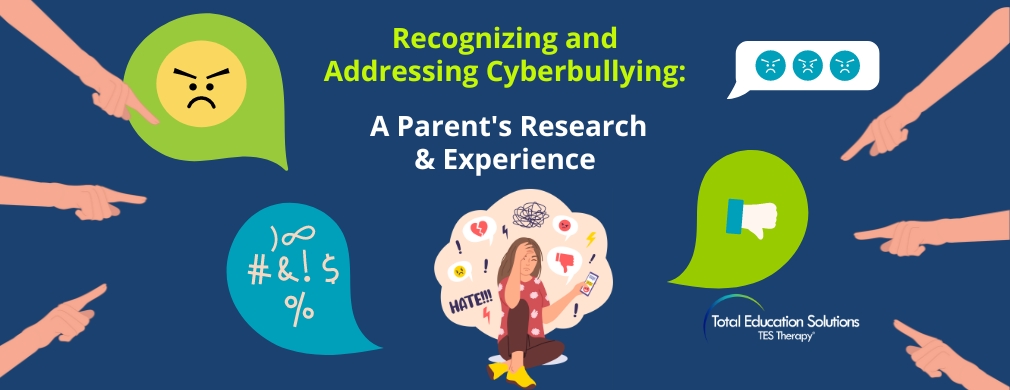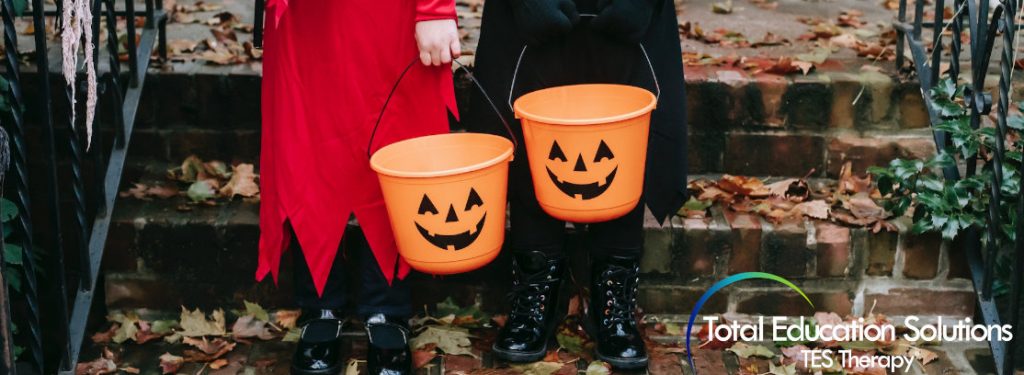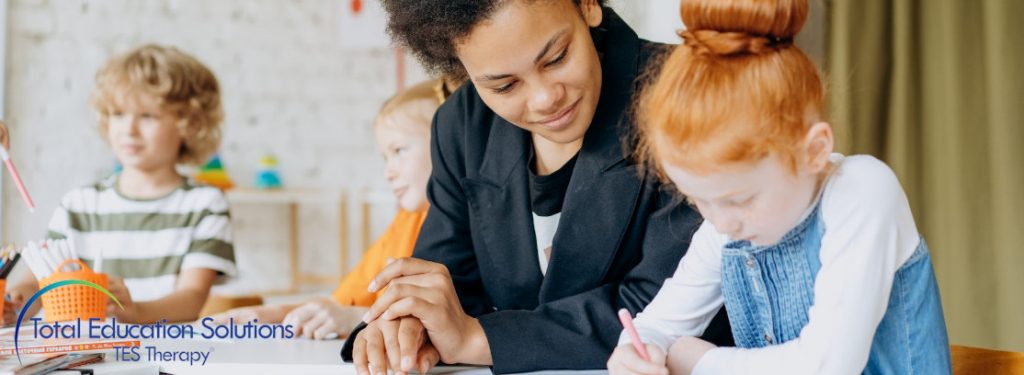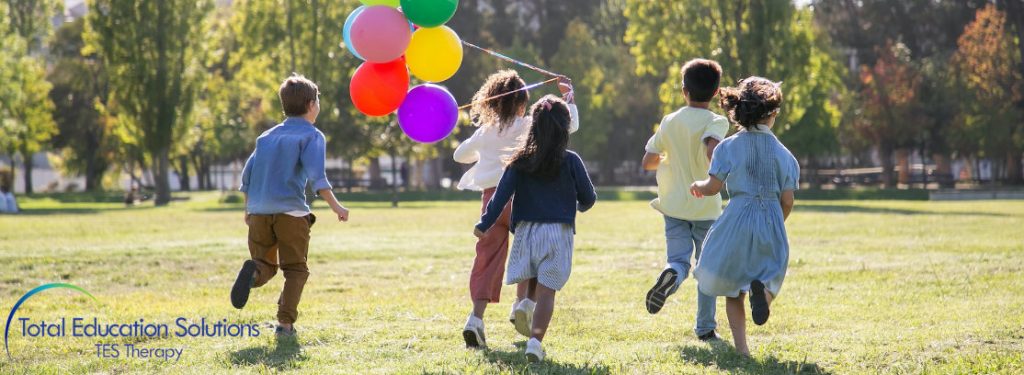For many people, Thanksgiving is a time when family members gather together and give thanks. While it’s often filled with gobbles of food, American football, storytelling and more, this can also be a stressful time for children and adults with ASD (autism spectrum disorder). The good news is that there are ways to help your child cope with all of the excitement and activity.
-
Prepare your child a few weeks ahead.
Children with autism do best when they know what’s coming. Explain the day’s schedule with your child and what is expected of them. Practice coping skills. You can also prepare for the day by discussing the holiday menu. If you’re hosting, consider including menu items your child will enjoy, or bring some agreed-upon side dishes if you’re going to a friend or family member’s home.
-
Talk with your family about keeping the noise level at an appropriate volume.
This includes conversation, music, and television. Now, if you know that this is an impossible feat because your evening’s schedule often consists of: shouting, eating, more shouting, and more eating, then another option may be to have your child wear noise-reducing headphones when he or she is feeling overstimulated. To help prevent a sensory meltdown, you can also talk with your host ahead of time about a quiet space you can use with your child’s favorite things.
-
Monitor appetizers and plate food in the kitchen instead of piling the table with serving platters.
Let’s face it, overindulging on Thanksgiving food is a problem for most people, not just for children with autism! If you’re worried about your child overdoing it because of difficulty with impulse control, it may be helpful to place snacks and appetizers in one place and to keep them covered. Ask understanding family members to take turns monitoring the snack area and to help children with appropriate portions. Another idea is to plate food in the kitchen rather than have the all-out feast on the table. This may help everyone at the table with portion control!
-
Have support on hand.
It’s wise to have at least one other adult on hand who can take over, either by helping your autistic child or by supervising the other children (or demanding adults) in your group.
-
Positive feedback goes a long way. Remember to reward your child for being “good.”
We can easily get caught up in all of the hubbubs of Thanksgiving ourselves that we often forget to reward our children for playing, socializing or eating in an appropriate and healthy manner. Consider setting a cell phone alarm as a reminder to check-in with your child and provide positive feedback right then and there. Doing this periodically may help before a meltdown or disruptive behavior occurs.
We hope these tips are helpful. From our TES family to yours, have a Happy Autism-Friendly Thanksgiving!
by: www.kidslikemela.org

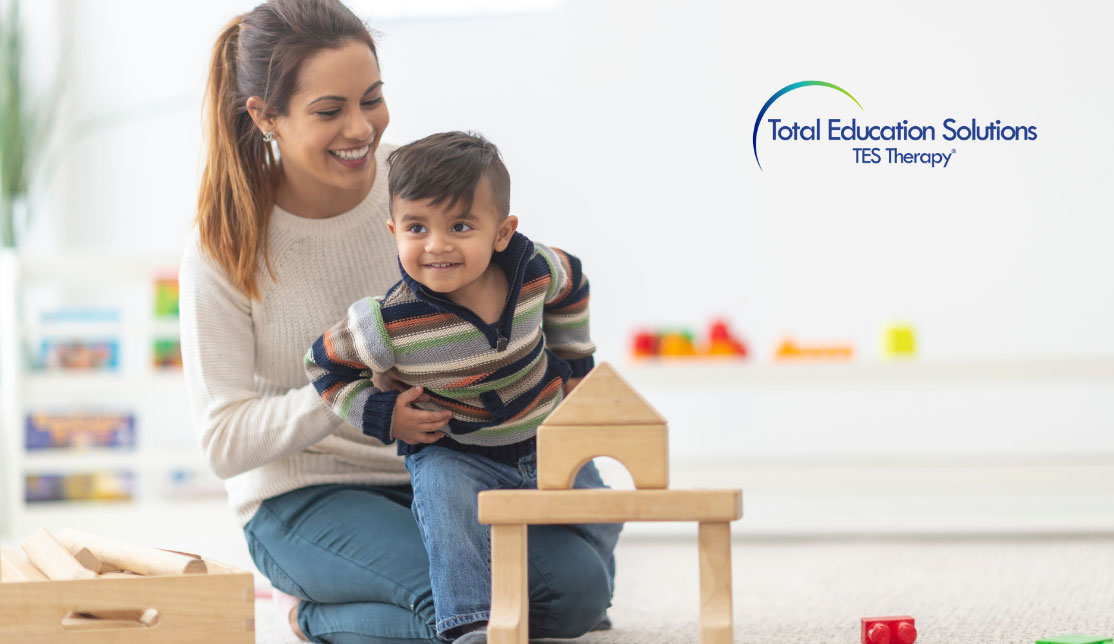
 13 Nov 2018
13 Nov 2018 